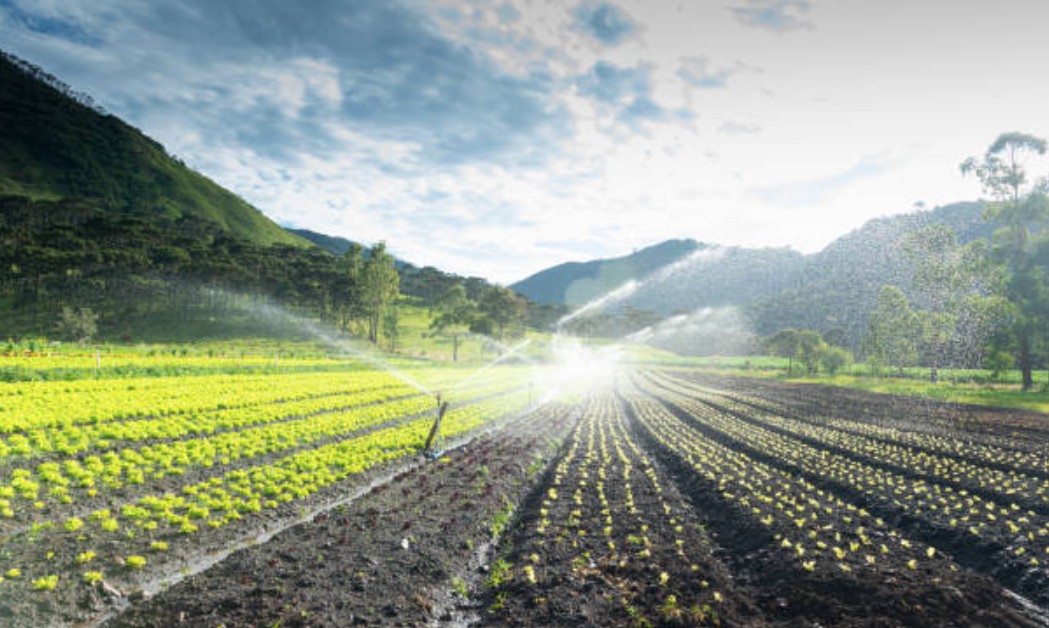Bore Water and Groundwater Use in Irrigation Systems
In order to sustain agriculture in its dry climate and ensure sustainable farming practices Australia depends on sophisticated irrigation infrastructure. Numerous irrigation techniques such as surface, drip and sprinkler systems aid in efficiently distributing water over the nation extensive agricultural areas. Modern technology like moisture sensors and computerised irrigation controls are used by farmers to maximise water efficiency and drastically cut down on waste. Australia greatest agricultural region Basin of the Murray Darling relies significantly on irrigation to support crops and cattle all year round. Government programmes and policies encourage farmers to use sustainable irrigation methods that are appropriate for various environmental situations thus promoting water conservation. Improving irrigation infrastructure is still essential to ensuring Australia food production and sustaining agricultural profitability across the country as climate change worsens.
The Impact of Climate Change on Irrigation Practices in Australia
As temperatures rise evaporation rates increase, depleting reservoir and river water resources that are necessary for irrigation in different agricultural areas. Unpredictable water distribution brought on by shifting rainfall patterns results in droughts and floods that impair irrigation efficiency and planning. Water supplies are strained by protracted droughts which forces farmers to switch to sustainable farming practices and water efficient irrigation systems Australia. Storms and heat waves are examples of extreme weather occurrences that harm irrigation infrastructure raising maintenance costs and lowering total agricultural yield. By providing financing for studies into water conservation and climate resilient farming practices government regulations encourage irrigation advancements. Investing in recycled water and desalination boosts irrigation and reduces reliance on traditional sources.
Weather-smart irrigation uses data and soil monitoring to adapt to climate changes. These technologies enhance flexibility across different farming environments. Policymakers, scientists and farmers must work together to create solutions that effectively address the irrigation issues brought on by climate change. Changes in precipitation and river flows brought on by climate change result in decreasing water levels in Australia main irrigation area, the Murray Darling Basin. Reduced water supply concentrates salt levels making salinity problems worse and impacting crop yields and soil fertility. Farmers increasingly rely on advanced irrigation like drip systems to optimize water use. Sustainable water management strengthens Australian agriculture, ensuring food security and economic stability amid climate change.
Smart Irrigation Systems: How Technology is Transforming in Australia
By increasing water efficiency and guaranteeing sustainable farming methods across the country smart irrigation technologies are revolutionising Australia agriculture industry. These innovative approaches efficiently distribute water across various crops and climate conditions by utilising sensors. With the help of automation and data in real time. For effective water management farmers are increasingly implementing smart irrigation technology such as weather-based controllers remote monitoring systems and soil moisture sensors. By measuring the ground degree of hydration soil moisture sensors help avoid excessive watering and guarantee that crops get the right amount of water. By enabling farmers to manage irrigation procedures from computers or cell phones remote monitoring systems greatly increase operational efficiency and decrease manual labour. Artificial intelligence enhances decision-making by analyzing past weather trends and predicting optimal irrigation times for crops.
Automated drip irrigation minimizes waste, boosts yields, and conserves resources by targeting plant roots. For farmers in rural locations powered by sunlight irrigation equipment makes water distribution more economical and ecological by reducing reliance on energy. This communication between irrigation components is made possible by the use of Internet of Things devices allowing for smooth modifications in regards to changing environmental circumstances. Government programs fund water-efficient farming through grants and subsidies, promoting smart irrigation. Universities and research centers collaborate with farmers to develop irrigation systems suited to Australia’s diverse landscape.







